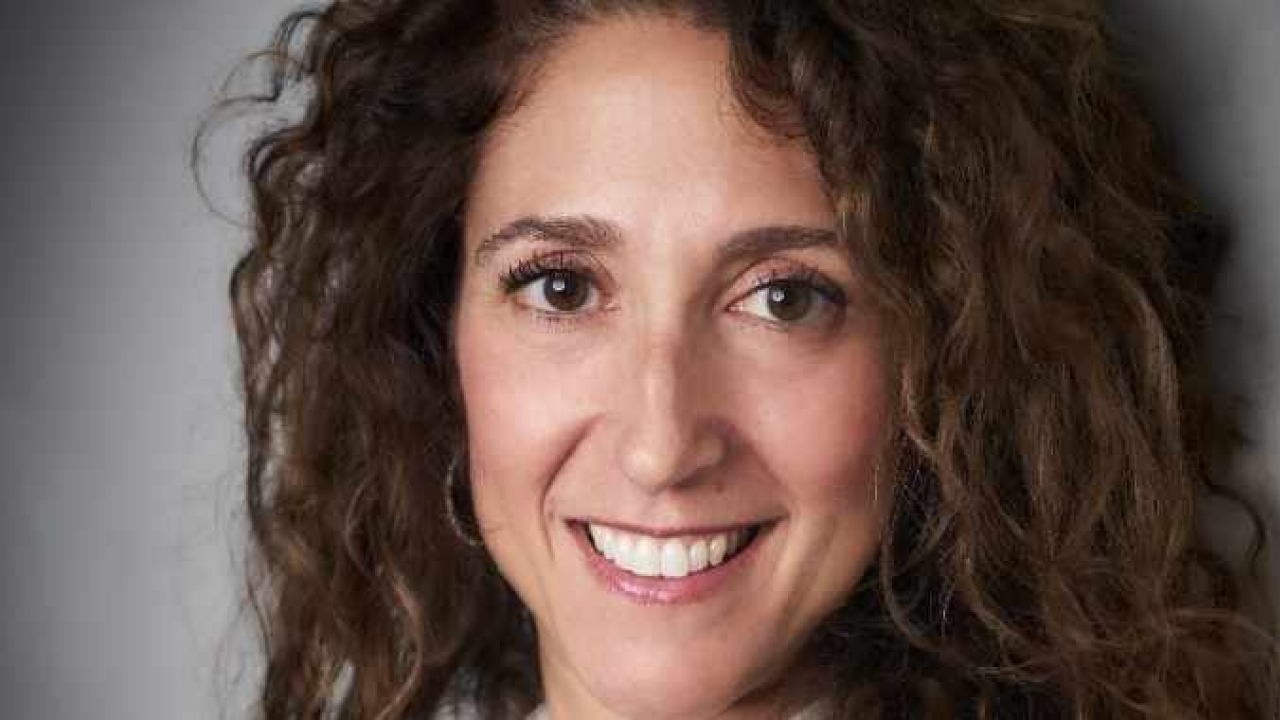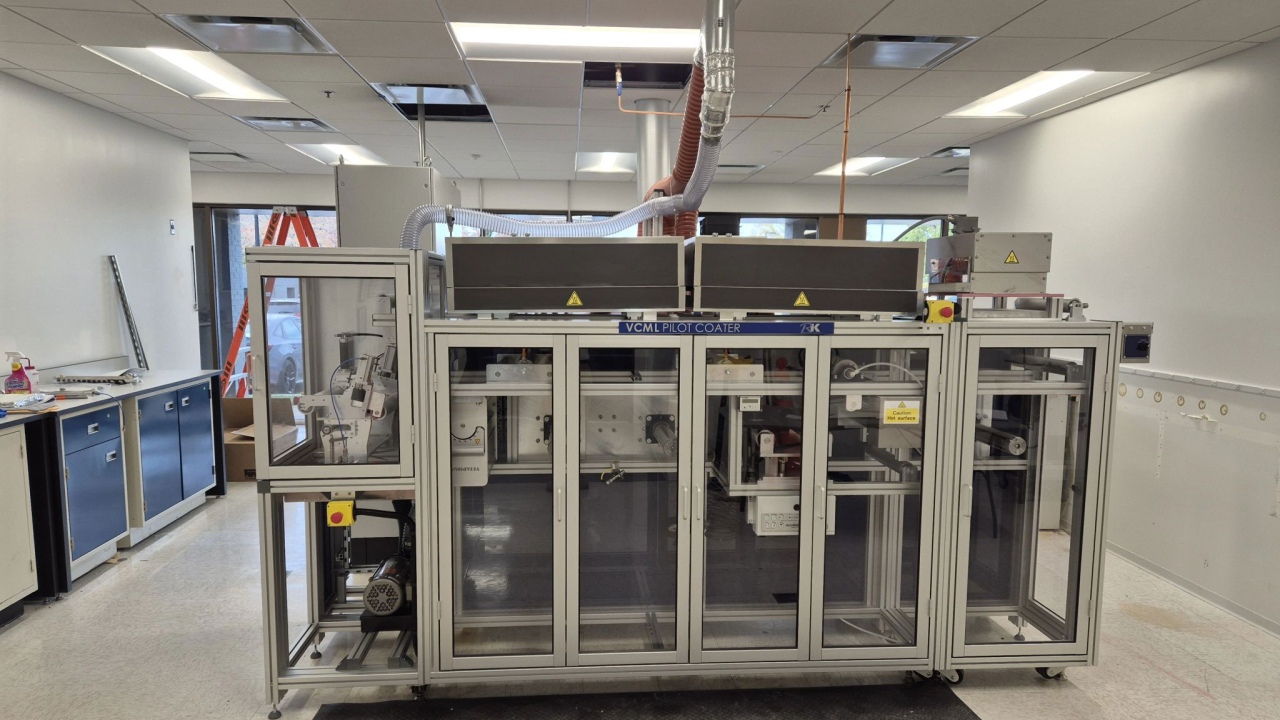Vicki Strull: Strategies for success in sustainability
As I write this piece, millions of people are marching for climate change, in 4,500 locations and 150 countries.

This is the first year of the school strike for climate movement, inspired by 16-year-old Swedish activist Greta Thunberg, and the movement is mostly planned, organized and driven by youth. Still, as I watch the news, there are hundreds of thousands – perhaps a millions -- of adults of all ages marching, too. Protecting the planet is a non-demographical passion.
Inside the Buying Habits of Baby Boomers, Millennials and GenZ
A recent Nielsen study found that 50 percent of Baby Boomers, 75 percent of GenZ, and 73 percent of Millennials will pay more for a sustainable product. The moral of the study? If you’re not ecologically conscious as a brand, you’re likely to lose consumers.
The brand owners and packaging companies that I work with have a deep desire to be environmentally responsible and have loyal consumers. What can we do to effectively support sustainability in terms of paper and packaging? Here are my top three strategies:
1. Restructure packaging. Have you ever received a tiny item in a huge box with lots of packing filler? Restructured packaging means designing packaging to fit the item, thereby reducing excess packing materials and packaging waste. It’s an investment in packaging design that has an ROI domino effect:
- Purchasing less material saves costs on the front end.
- Smaller packaging means more cases fit on a pallet, reducing transport costs.
- More products in fewer shipping containers reduces your carbon footprint.
- When consumers open the designed-to-fit packaging, they perceive your brand as a steward of the environment.
2. Create packaging that has an after-market life. Sometimes this happens organically. When my daughter was little and we were furnishing our home, the furniture boxes became her fort, her playhouse and her indoor tunnel. I’m talking for years! Retailers and brand owners know that kids love boxes, and today we’re seeing some wonderful innovations.
Target has designed boxes printed with its brand mascot, Bullseye, driving a truck or just looking playful. Social media lit up with kids playing with the boxes!
3. Take responsibility for the entire lifecycle of the product. I call this circular responsibility. What do I mean? Take, for example, the modest AA Duracell battery. Once it’s juice is gone, how do you dispose of it responsibly? Well, who knows better what to do with that battery than the battery manufacturer? Why is the onus of disposal on the consumer?
Nike has figured this out with its Reuse-a-Shoe program. When your running shoes won’t last another mile, you can take them to any participating Nike retail store and the Nike Grind program will give those shoes an after-life. They may show up as materials in new sneakers or as material for a track-and-field surface. The point is: if something is not compostable, biodegradable, or it’s just difficult to recycle, I’m looking at you, brand owner/manufacturer/product creator, to take responsibility.
In my next article, I’ll share additional sustainability strategies, including alternatives to plastic and the practice of ;lightweighting.’ Until then, I encourage all of us in printing, packaging and labeling to literally think outside the box in our everyday efforts to become more environmentally responsible and respectful.
To find more of Vicki’s design strategies, download her Packaging Innovations Checklist at https://vickistrull.com/packaging-innovation-checklist
Vicki Strull is a design strategist and speaker who advises top-tier and emerging brands on how to leverage the power of print and packaging. She consults with print service providers and OEMs to create new revenue streams through print innovations. Vicki shares her strategies at design, packaging, and print conferences and events throughout North America.
Stay up to date
Subscribe to the free Label News newsletter and receive the latest content every week. We'll never share your email address.


